Buyer Guide
What Is a Plasma Cutting Table
Plasma cutting tables are essential tools in the world of metal fabrication, providing precision and efficiency in cutting various types of metals. These tables utilize a plasma torch to cut through conductive materials, making them indispensable in industries ranging from automotive to construction. In this comprehensive guide, we will delve into the intricacies of plasma cutting tables, exploring their components, benefits, applications, and much more.
What is a Plasma Cutting Table?
A plasma cutting table is a machine that uses a plasma torch to cut through electrically conductive materials. The table provides a stable surface on which the material is placed, while the plasma torch moves along a predetermined path to make precise cuts. This technology is widely used in industrial settings due to its accuracy, speed, and ability to cut through thick materials.
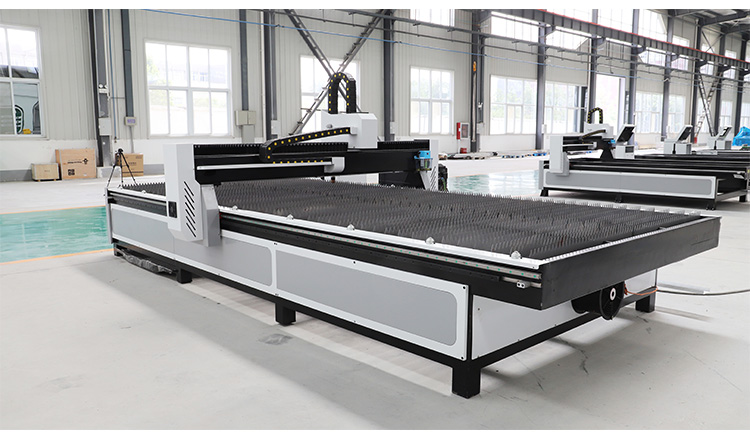
How Does a Plasma Cutting Table Work?
The working principle of a plasma cutting table involves the generation of a high-temperature plasma arc. This arc is created by ionizing a gas, such as nitrogen or oxygen, which is then directed through a nozzle at high speed. The plasma arc melts the material, and the high-velocity gas blows away the molten metal, resulting in a clean cut.
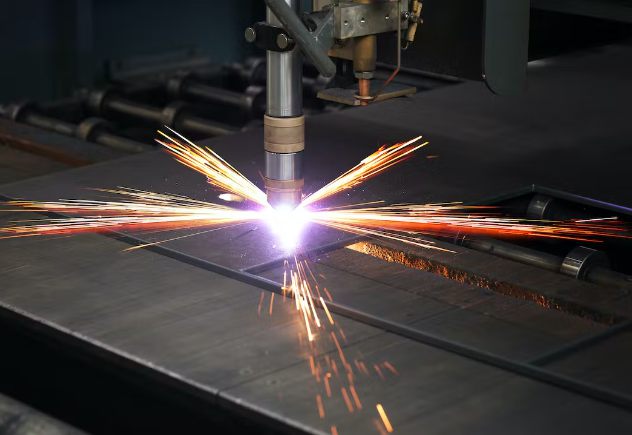
Components of a Plasma Cutting Table
- Plasma Torch: The primary cutting tool that generates the plasma arc.
- Cutting Table: The surface on which the material is placed and secured.
- CNC Controller: A computer numerical control system that directs the movement of the plasma torch.
- Power Supply: Provides the necessary electrical energy to create the plasma arc.
- Gas Supply: Delivers the ionizing gas to the plasma torch.
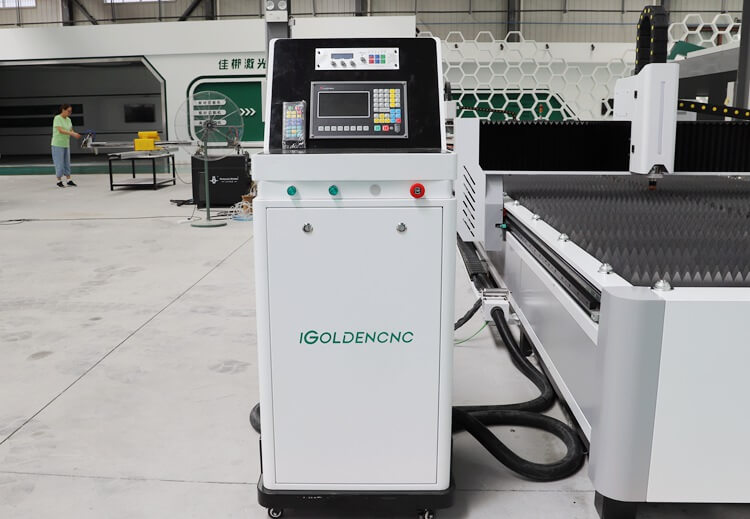
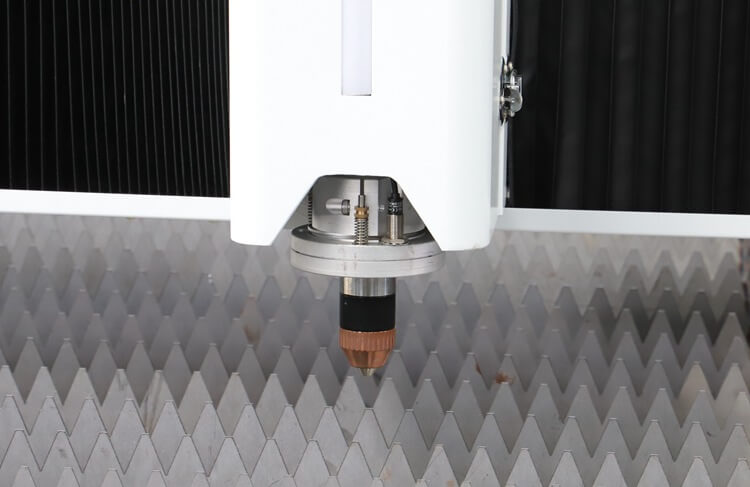
Advantages of Using a Plasma Cutting Table
Plasma cutting tables offer numerous benefits that make them a preferred choice in metal fabrication:
- Precision: Achieve highly accurate cuts with minimal material wastage.
- Speed: Faster cutting speeds compared to traditional methods.
- Versatility: Capable of cutting various metals, including steel, aluminum, and copper.
- Cost-Effective: Reduced labor costs and material wastage.
- Automation: CNC control allows for automated and repeatable cuts.
- Ease of automation and integration with CAD/CAM software for programmed cutting
- Lower operating costs compared to laser cutting for many applications
Applications of Plasma Cutting Tables
Plasma cutting tables are used in a wide range of industries and applications, including:
- Automotive: Fabrication of car parts and chassis.
- Construction: Cutting structural steel and metal components.
- Manufacturing: Production of machinery parts and equipment.
- Art and Design: Creating intricate metal sculptures and designs.
- Shipbuilding: Cutting large metal sheets for ship hulls and components.
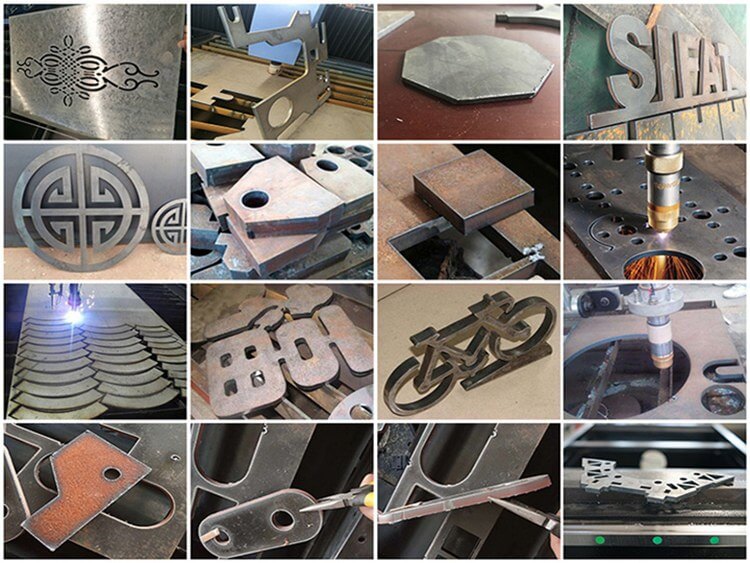
Types of Plasma Cutting Tables
There are several types of plasma cutting tables available, each designed for specific applications and requirements:
Manual Plasma Cutting Tables
These tables require manual operation and are suitable for small-scale projects or hobbyists. They offer flexibility and are relatively inexpensive.
CNC Plasma Cutting Tables
CNC plasma cutting tables are automated and controlled by computer software. They are ideal for large-scale industrial applications, offering high precision and repeatability.
Portable Plasma Cutting Tables
Portable plasma cutting table are lightweight and easy to transport, making them suitable for on-site cutting tasks. They are commonly used in construction and repair work.
Choosing the Right Plasma Cutting Table
Selecting the right plasma cutting table depends on several factors, including:
- Material Type: Consider the types of metals you will be cutting.
- Thickness: Ensure the table can handle the thickness of the materials.
- Cutting Speed: Choose a table that meets your speed requirements.
- Budget: Determine your budget and find a table that offers the best value for money.
- Software Compatibility: Ensure the CNC software is compatible with your design files.
Maintenance and Safety Tips
Proper maintenance and safety practices are crucial for the longevity and safe operation of plasma cutting tables:
- Regular Cleaning: Keep the table and torch clean to prevent debris buildup.
- Inspect Consumables: Regularly check and replace consumable parts such as nozzles and electrodes.
- Follow Safety Protocols: Wear appropriate protective gear and follow safety guidelines to prevent accidents.
- Software Updates: Keep the CNC software updated for optimal performance.
FAQ
1. What materials can be cut with a plasma cutting table?
Plasma cutting tables can cut a variety of conductive materials, including steel, aluminum, copper, and brass.
2. How thick can a plasma cutting table cut?
The cutting thickness depends on the power of the plasma torch. Industrial plasma cutting tables can cut materials up to several inches thick.
3. Is a plasma cutting table suitable for precision work?
Yes, plasma cutting tables are known for their precision and can achieve highly accurate cuts, making them suitable for detailed and intricate work

IGOLDEN BLOG
Thank you for visiting the iGOLDENCNC website. iGOLDENCNC is the professional supplier of CNC machinery application solution, within the business of producing and selling CNC machinery and accessories.